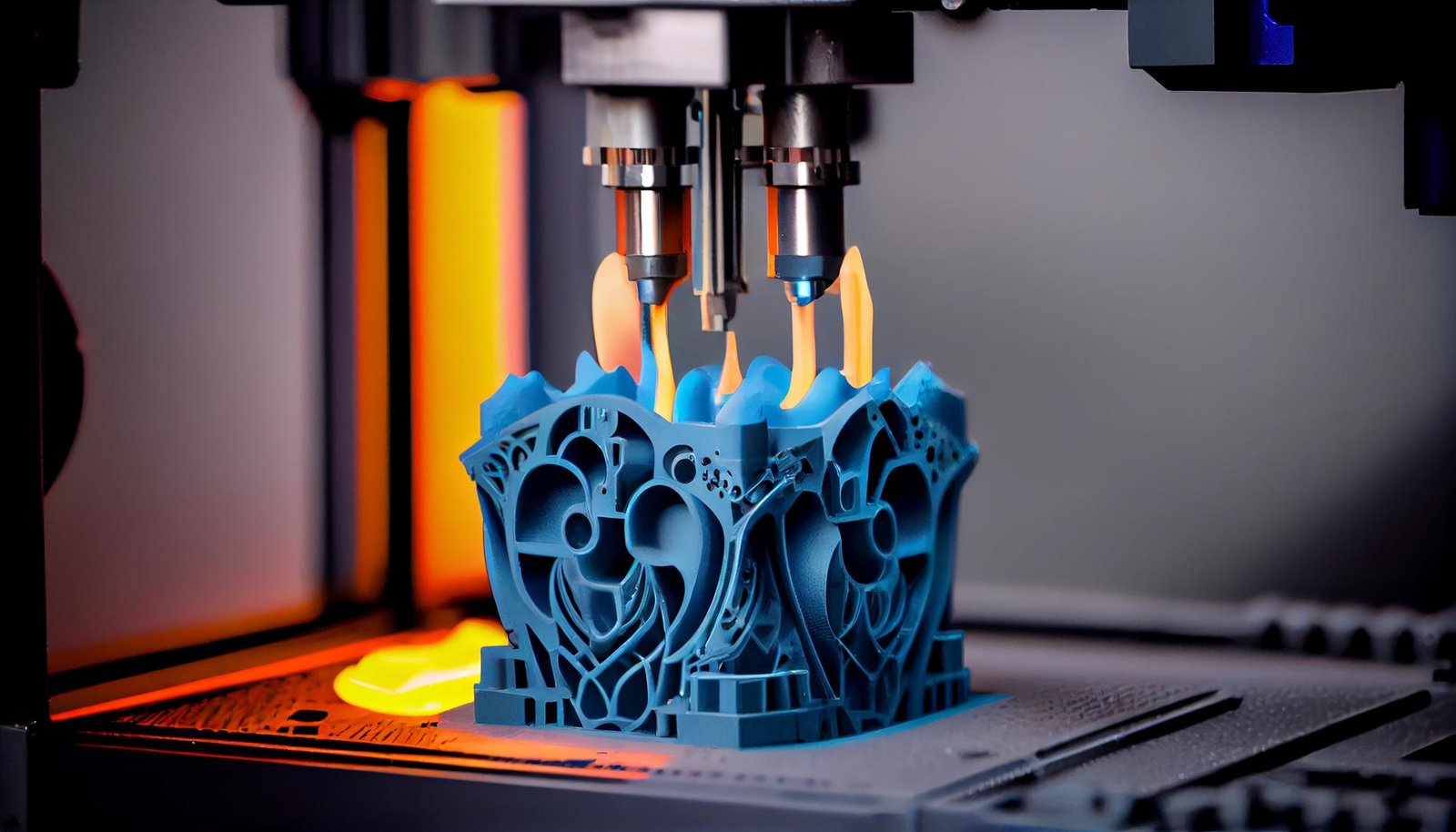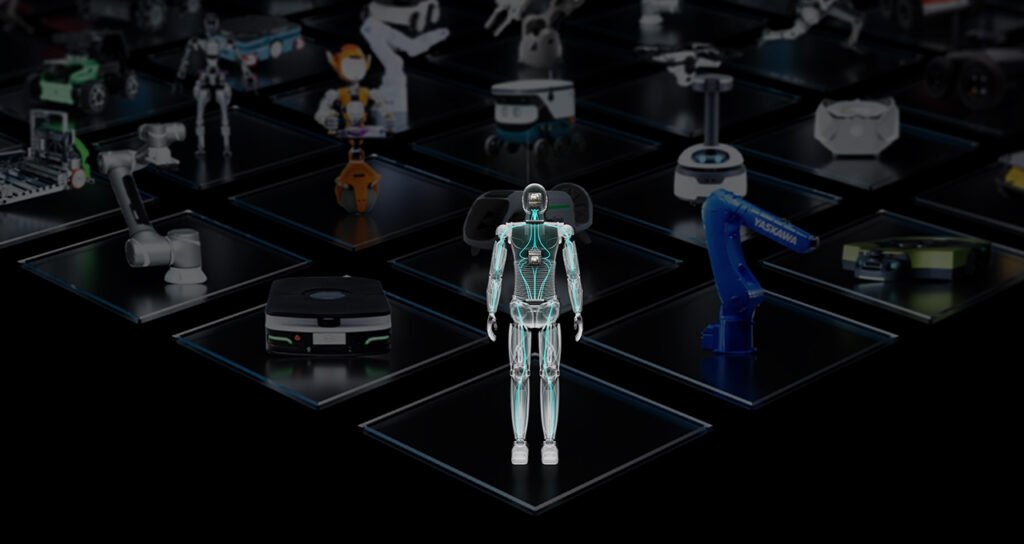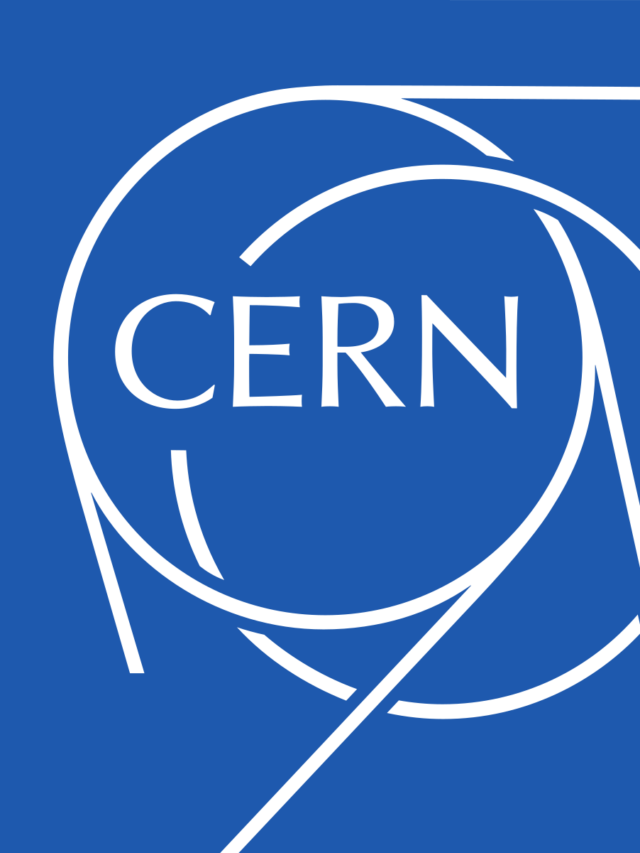3D printing, also known as additive manufacturing. Also, it is a technology that has revolutionized the way we think about manufacturing and design. By using digital models to create physical objects layer by layer, 3D printing offers unprecedented flexibility and customization in product design and development.
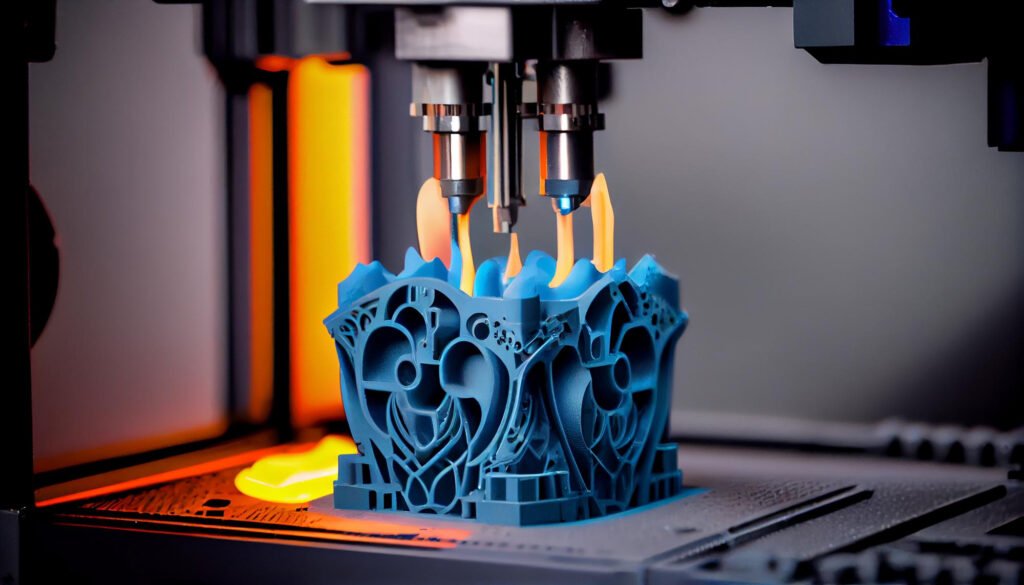
What is 3D Printing?
3D printing, also known as additive manufacturing. Also, it is a technology that uses digital models to create physical objects layer by layer. 3D printers use a variety of materials, such as plastics, metals, and ceramics, to create objects with complex shapes and structures. That would be difficult or impossible to produce with traditional manufacturing methods.
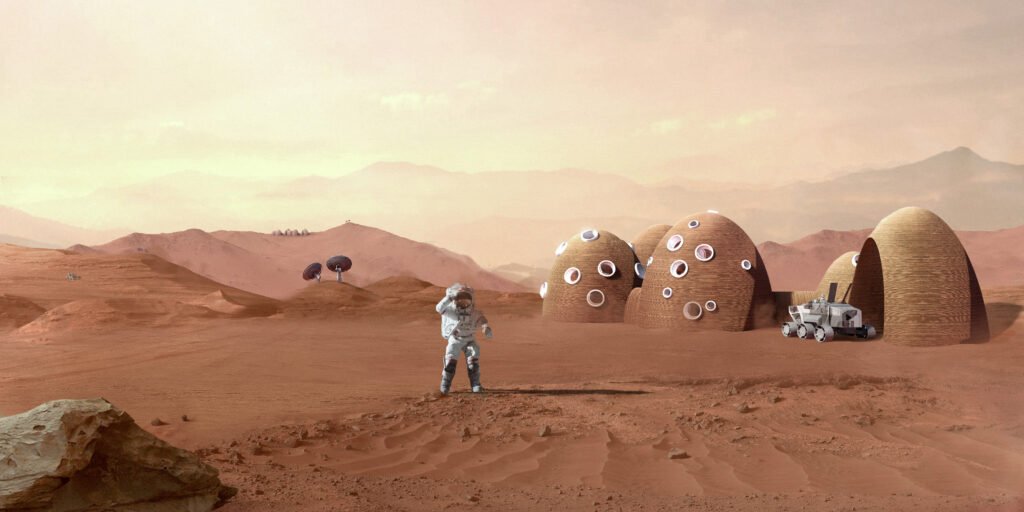
The Promise of 3D Printing
Indeed, 3D printing has the potential to revolutionize many fields, from manufacturing to medicine to architecture. So, here are a few examples of its significance:
1. Flexibility and Customization: 3D printing offers unprecedented flexibility and customization in product design and development. By using digital models, designers can create products with complex shapes and structures. Which would be difficult or impossible to produce with traditional manufacturing methods.
2. Reduced Waste: 3D printing can help reduce waste in manufacturing by allowing products to be produced on demand and with less material waste. This can help reduce the environmental impact of manufacturing and make it more sustainable.
3. Cost Effectiveness: 3D printing can be more cost-effective than traditional manufacturing methods for small-scale production runs. This is because 3D printing does not require expensive moulds or tooling and can produce products with less material waste.
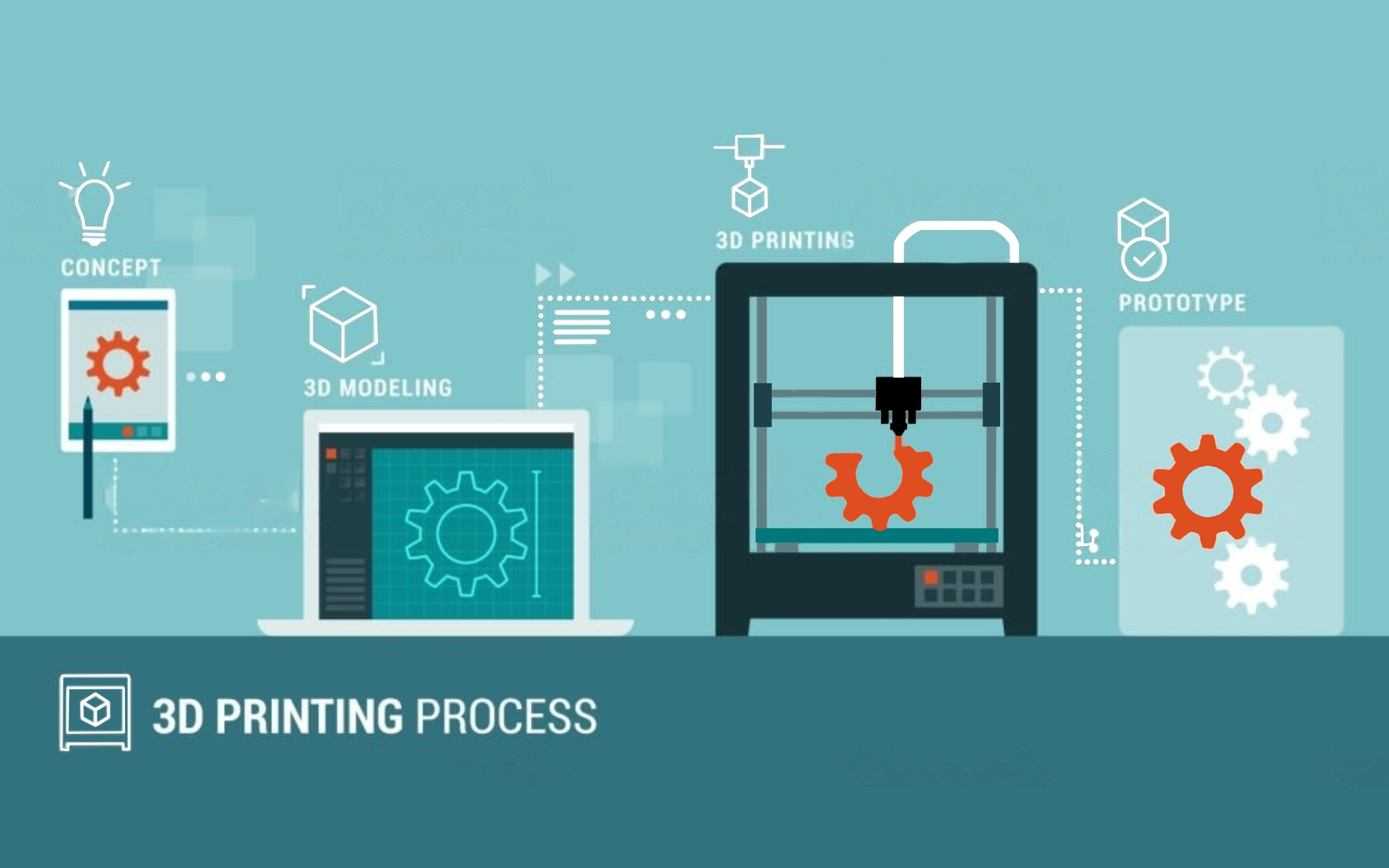
Programming Applications of 3D Printing
In fact, 3D printing has a variety of programming applications that can be used to create complex objects and structures. Here are a few examples:
1. CAD Software: Computer-aided design (CAD) software is used to create digital models that can be used in 3D printing. CAD software allows designers to create complex objects with precise dimensions and specifications.
2. Mesh Modeling: Mesh modeling is a type of 3D modeling that uses triangular polygons to create complex objects. Mesh modeling is commonly used in 3D printing to create organic shapes and structures, such as sculptures and prosthetic limbs.
3. Generative Design: Generative design is a type of design that uses algorithms to create optimized designs. Generative design can be used in 3D printing to create complex structures that are optimized for strength and weight.
3D Printing on Mars
Using 3D printing technology on Mars to create structures is feasible with current technology. In fact, several 3D printing projects have already been conducted by NASA and other organizations to test the feasibility of using 3D printing on Mars.
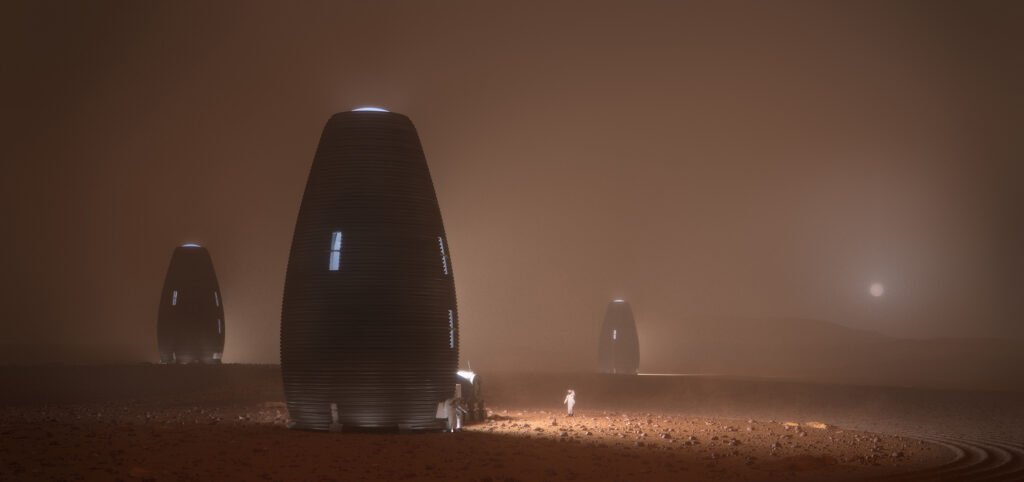
One key advantage of 3D printing on Mars is that it allows for the use of local materials, such as Martian regolith, which can be used as feedstock for 3D printing. This makes it possible to create structures without having to transport large amounts of building materials from Earth.
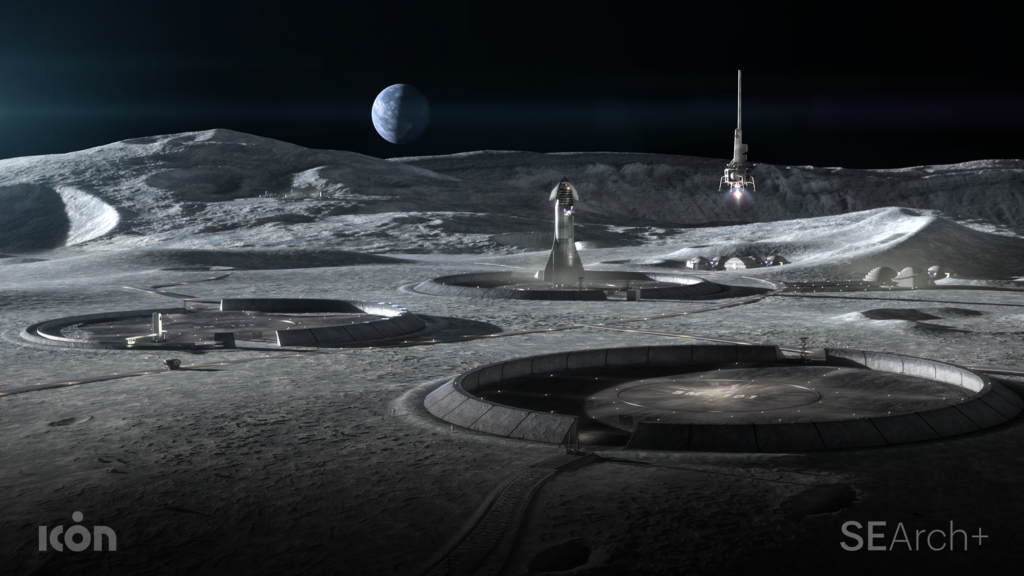
However, there are still some challenges that need to be addressed before 3D printing can be widely used on Mars. For example, the extreme temperatures and
harsh environments on Mars can affect the performance of 3D printers and the materials used for printing. Additionally, the low gravity on Mars can affect the structural integrity of the printed structures.
To address these challenges, researchers are developing new 3D printing technologies and materials that are specifically designed for use on Mars. For example, NASA has developed a 3D printer called the Mars Ice House that is designed to print structures using ice as a building material.
The gist
3D printing, also known as additive manufacturing, is a technology that has revolutionized the way we think about manufacturing and design. It offers unprecedented flexibility and customization in product design and development and has a variety of programming applications that can be used to create complex objects and structures. 3D printing also has the potential to revolutionize how we build structures on Mars, making it easier and more cost-effective to establish a permanent human presence on the planet. Understanding the basics of 3D printing and its programming applications is essential for understanding the future of technology and its impact on society.
If you have liked this 3D printing article and want to read more stories related to science and technology then surely you’d like to read about the DOTCOM BUBBLE and subsequent collapse of Internet Companies:
If you liked our article then share it with your friends, who are interested in science and technology and if you want to explore more articles and web stories like this, click on the link below:
If you like to watch videos like this article go on our YouTube channel we’ll be uploading more stories like this there:

